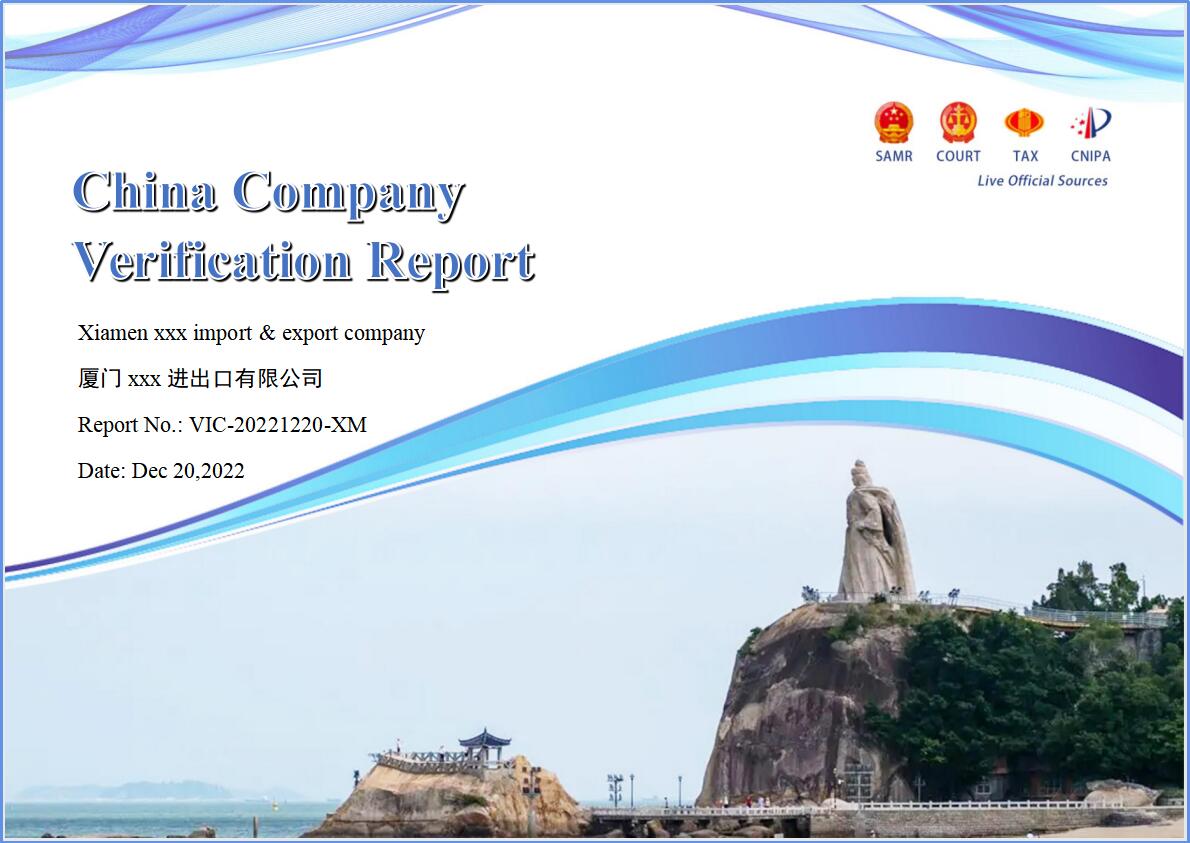Haicang District, subordinate to Xiamen City of Fujian Province, is located in the west of Xiamen City, east to Haicang Bridge connected to Huli District of Xiamen Island, southeast across Xiamen port and Siming District, south to Jiulong River estuary to Xizhangzhang Bridge connected to Zhangzhou Longhai District, northwest adjacent to Zhangzhou Changtai District, north bordering Jimei District, northeast across Maluan Bay to Xinyang Bridge connected to Jimei District. It covers an area of 186.82 square kilometers. As of October 2021, Haicang District has jurisdiction over 4 subdistricts and 2 township units. By the end of 2021, the permanent population of Haicang District was 615,000. District government in Songyu Street Binhu North Road 9.
In the Tang Dynasty, Haicang began as a coastal settlement, called Haikou, then changed Haicang, and as the sea Cang, there is the meaning of rich sea, within the river named Cangjiang. During the Republic of China, Cangjiang Town and Haicang District were set up. In the 1950s, there were Haicang District, Haicang Township and Haicang Commune. In 1989, the Haicang Taiwan Investment Zone was established. In August 2003, the Haicang District was established. Haicang District has Tianzhu Mountain Scenic Spot and Sun Moon Valley Hot Spring Resort, two national 4A level tourist attractions, as well as key cultural relic protection units such as Tzu Ji Ancestral Palace on the Green Reef and Liantang Villa. Haicang oil painting, Haicang Dongfu agate, Haicang earth bamboo shoots frozen, earth dragon soup and other characteristic tourism products. There are 29 representative intangible cultural heritage projects, including 5 at the national level, 2 at the provincial level, 5 at the municipal level and 17 at the district level.
In 2021, the GDP of Haicang District reached 93.824 billion yuan, up 11.9 percent year on year. The proportion of added value of the three industries is 0.2:60.2:39.6.
Minimize the Risk and Scam
Within 2 Working Day
$ 135 USD
